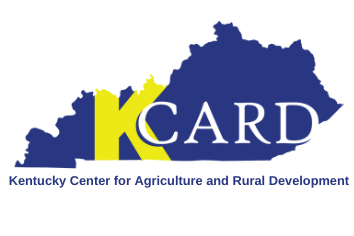If you are new to direct meat sales and have just read our blog post about having your meat processed for the first time or are looking at updating your pricing, here are two questions you need to ask:
1. What are your competitors’ prices?
In the age of online shopping, knowing your competitors’ prices has never been easier. Look at multiple local farms, if possible, and consider any special qualities, such as grass-fed or organic, that your product or theirs possesses. Your price does not have to match theirs but you want to consider their prices when setting yours. Take into consideration factors such as delivery times, pre-order, or pick-up. For example, if your competitor delivers, they may be able to have a higher price than if you are doing on-farm pick-up.
2. What is your minimum price to break-even?
Your break-even price is the minimum price that you can sell at and cover your costs.
When figuring out your costs, you have both direct and indirect costs. Direct costs of raising a steer or chicken include purchasing the animal, feed, pasture maintenance, veterinary care, transportation, processing, and packaging. Delivery costs will be two-fold, as the animal will be brought to the processing plant live and picked up refrigerated or frozen.
The other costs of your farm are indirect costs. Indirect costs include any expenses the farm business incurs regardless of what is produced. This would be management labor, property taxes, machinery & equipment, insurance, repair & maintenance, office expense/utilities, and licenses & permits. Indirect costs need to be allocated among enterprises on your farm according to acreage or other measures. For example, if you have half of your farm raising cattle for direct sale and half of your farm raising produce, you would allocate half of the indirect costs for the farm to the cattle enterprise and half to the produce enterprise.
Two additional costs are interest expense and depreciation. Interest expenses are from loans for operating capital, equipment and/or facilities, and land. Depreciation captures the wear and tear on equipment, which reduces its value over time. You would allocate these costs the same as you allocated the other indirect costs.
Direct and indirect expenses added together provide the total cost of production.
Divide your total production (say 10 head of cattle) by the total costs of producing those cattle to determine what you need to make per head to cover those costs, which will be your break-even price per head/carcass.
If you are selling meat (beef, pork, poultry, lamb etc.), consider how you price the cuts so that you exceed your break-even price for that animal. Try to stay near competitor pricing, but keep in mind that you MUST be above your break-even price on that animal or you will be losing money.
If you are having trouble setting prices or want to run through your numbers to understand break-even and pricing, feel free to contact KCARD at 850-550-3972 or via email at kcard@kcard.info.

